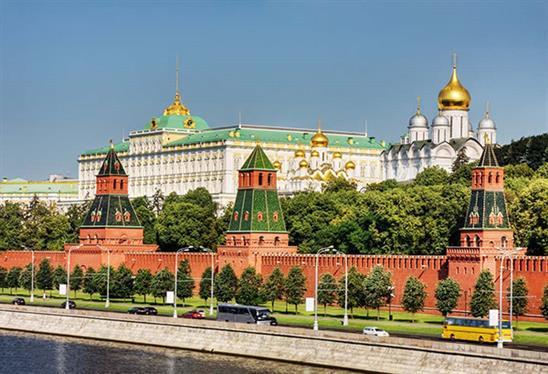Dmitry Donskoy. A name that echoes through Russian history. But what’s his connection to Tula? It’s a story of resilience, faith, and the forging of a nation. Let’s delve into the impact this prince had on the city and its surrounding region.
The Protective Shield: Donskoy’s Military Influence on Tula
Dmitry Donskoy wasn’t just a prince; he was a strategist. He recognized Tula’s strategic importance. Its location, a vital gateway to Moscow, made it a crucial defense point against the Golden Horde. He strengthened the city’s defenses, transforming Tula into a formidable fortress. This foresight significantly contributed to the eventual repelling of the Mongol invaders. Think of Tula as a shield, protecting the heart of Russia. Donskoy saw that potential and made it a reality. This military focus, initiated by Donskoy, continued to shape Tula’s identity for centuries to come. The city became known for its arms production, a legacy that still thrives today. But it wasn’t just about bricks and mortar. Donskoy also fostered a spirit of resistance within the people of Tula. He instilled in them a sense of patriotism and the will to defend their homeland. This spirit played a vital role in future conflicts, solidifying Tula’s reputation as a bastion of strength.
A Spiritual Center: Donskoy’s Impact on Tula’s Religious Landscape
Donskoy’s legacy in Tula extends beyond the military realm. He was a man of deep faith, and his influence on the city’s religious landscape is undeniable. He supported the establishment of monasteries and churches, fostering a sense of spiritual unity among the people. The Kremlin, while serving as a fortress, also became a symbol of religious devotion. This intertwining of the secular and the sacred is a hallmark of Donskoy’s era. Imagine the prince, not just as a warrior, but also as a pilgrim, praying for the safety of his people. This image underscores the important role that faith played in shaping Tula’s identity.
The Kremlin’s Sacred Significance
The Tula Kremlin stands as a testament to Donskoy’s vision. While primarily a defensive structure, it also served as a spiritual center. The churches within its walls offered solace and strength to the people, becoming focal points for prayer and community gathering. This dual function of the Kremlin highlights the interconnectedness of faith and defense in medieval Russia. Donskoy understood that the strength of a city came not only from its walls, but also from the spirit of its people.
The Economic Catalyst: Donskoy’s Contribution to Tula’s Prosperity
Donskoy’s influence on Tula wasn’t limited to military and religious spheres. His reign also had significant economic implications. The strengthening of Tula’s defenses attracted merchants and artisans, boosting trade and contributing to the city’s prosperity. The influx of people brought with it new skills and ideas, further enriching Tula’s cultural landscape. Donskoy’s policies encouraged this growth, recognizing the importance of a strong economy in supporting a strong defense. He paved the way for Tula to become a thriving hub of commerce, a legacy that continues to this day.
The Rise of Craftsmanship
Under Donskoy’s rule, Tula’s reputation for craftsmanship began to take shape. The city’s skilled artisans produced weapons, armor, and other goods, further enhancing its strategic importance. This tradition of craftsmanship, nurtured during Donskoy’s time, became a defining characteristic of Tula. Tula samovars, Tula pryaniki, and Tula weapons – these iconic products all have roots in the city’s rich history, a history shaped in part by the foresight of Dmitry Donskoy. Think about the intricate details of a Tula samovar or the delicate designs on a Tula pryanik. These are tangible reminders of a legacy that stretches back centuries.
The Enduring Symbol: Donskoy’s Place in Tula’s Collective Memory
Centuries have passed since Dmitry Donskoy walked the streets of Tula. Yet, his presence is still felt. He’s more than just a historical figure; he’s a symbol. He embodies the spirit of resilience, the importance of faith, and the power of strategic vision. Streets, monuments, and even local folklore bear his name, keeping his memory alive in the hearts and minds of the people of Tula. Have you ever considered how historical figures become interwoven into the fabric of a city? Donskoy’s story is a prime example. He’s not just a name in a history book; he’s part of Tula’s DNA.
In conclusion, Dmitry Donskoy’s legacy in Tula is multifaceted and profound. From strengthening its defenses to fostering its spiritual and economic growth, his influence shaped the city into what it is today. He’s not just a figure of the past; he’s a thread woven into the tapestry of Tula’s identity, a reminder of its strength, resilience, and enduring spirit. What aspects of Donskoy’s legacy do you find most compelling? Share your thoughts in the comments below. We’d love to hear your perspective.











